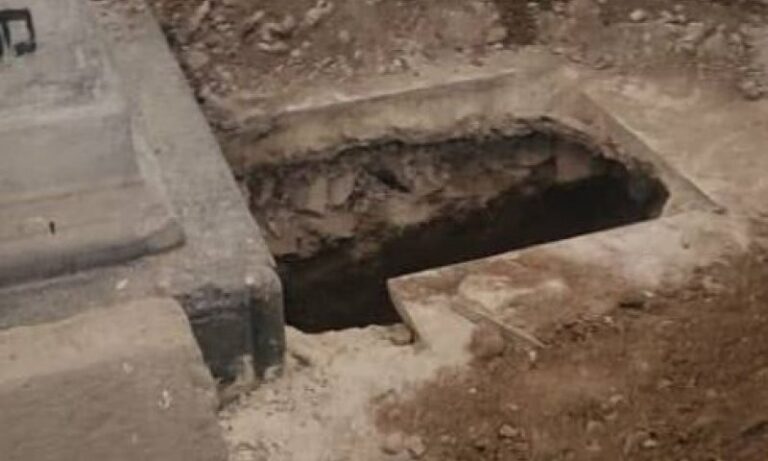Iran “appears to be nearly naked to attack after a wave of pinpoint Israeli airstrikes on its air defense system in October,” senior columnist David Ignatius wrote in the Wall Street Journal.
Ignatius interviewed former Defense Minister Yoav Gallant, who was in Washington last week, who explained that Israel’s bombing of Iran on Oct. 26 created “a window to act against Iran” before it produces a nuclear weapon.
Ignatius wrote: “Israel’s Oct. 26 assault was calculated to leave Iran unprotected against a future attack. An astonishing wave of 120 jets took part in the raid, an Israeli military source said. The Israeli planes targeted air defense radars and antiaircraft batteries protecting Tehran as well as key factories producing fuel for Iranian ballistic missiles. The attack was in retaliation for Iran’s Oct. 1 bombardment of Israel with about 200 ballistic missiles — but the planning began many months before.”
Gallant explained that the mission was to ensure that afterward, “Iran is weaker and Israel is stronger,” so that Tehran couldn’t respond forcefully to future attacks. IDF officials believe that Iran won’t be able to significantly add to its limited arsenal of ballistic missiles. In addition, the IDF destroyed its air defenses, especially around the capital. As Gallant said, “There is no strategic defense around Tehran.”
Israel has paved a “corridor into Iran,” providing a clear path for its aircraft to strike Tehran, a new level of operational freedom that allows Israel to attack targets in Iran almost as easily as it did in Gaza and Lebanon.
Israel also damaged key components of Iran’s ballistic missile capabilities, striking all of the mixing facilities that produce solid fuel for Tehran’s rocket force. “Acquiring new mixers [from China] could take at least a year, highlighting how the IDF strikes impeded, at least temporarily, the progress of the Iranian ballistic missile program,” noted a Nov. 12 report by the Institute for the Study of War.
An IDF source estimated that before the October attack, Iran was producing enough solid fuel for two new ballistic missiles a day and it now can produce enough fuel for only one missile per week, and that shortfall will last a year.
Will Iran’s vulnerability drive it on a renewed effort to gain a nuclear arsenal? Some analysts believe so and after President-elect Donald Trump enters office, Israel and the United States might consider military action.
Gallant said that he hopes the US and Israel will work together to prevent a nuclear Iran but stressed: “Israel has the means to strike Iranian assets in a precise, forceful and sophisticated manner. If needed, we will not hesitate to act.”
Ignatius concludes: “The clock is ticking in Tehran, Jerusalem and Washington. For all the conflicts that Trump will inherit, the looming standoff between Israel and Iran might be the most urgent and dangerous.”
(YWN Israel Desk – Jerusalem)











